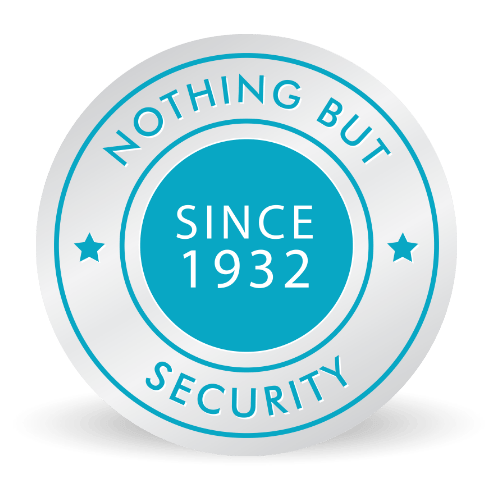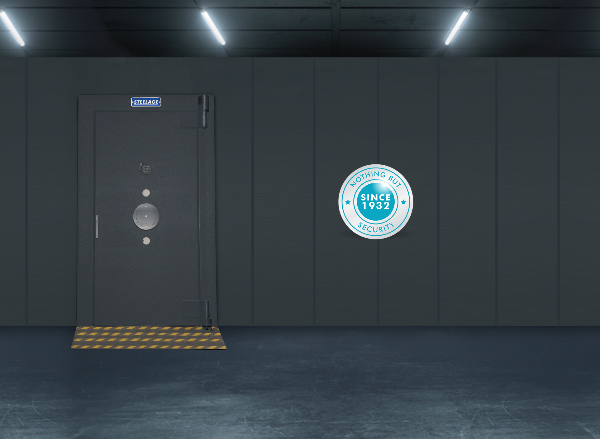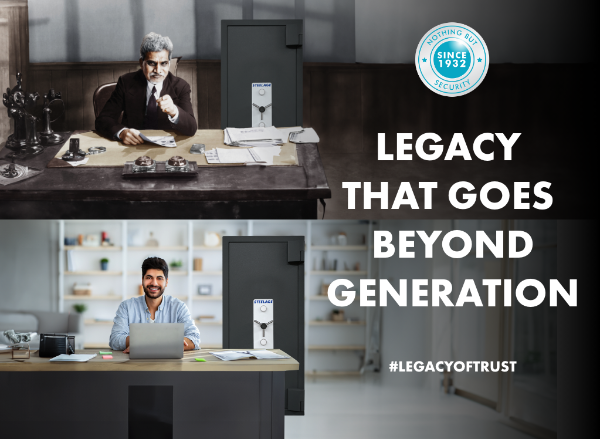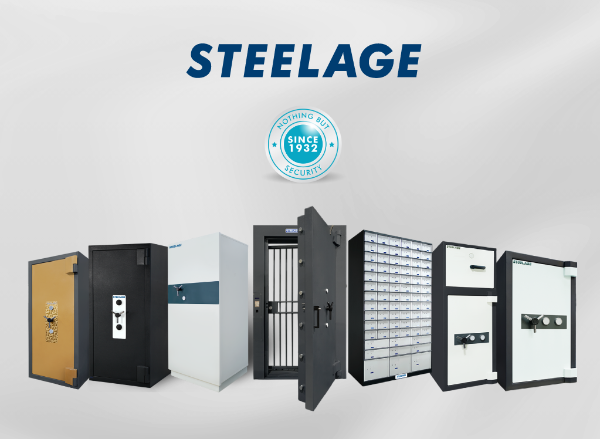
STEELAGE BLOGS
Sat 14th December 2024
A Beginners Guide to Security Safes and Lockers

In today's world, securing your valuables is not just a choice—it's a necessity. Whether you’re protecting important documents, precious jewellery, or cash, a reliable security safe or locker can provide peace of mind. If you're new to the world of safes and lockers, this guide will walk you through everything you need to know to make the right choice.
Why Do You Need a Security Safe or Locker?
Security safes and lockers are designed to safeguard items against theft, fire, or natural disasters. They’re not just for businesses; they’re equally valuable for households. Here are some common reasons people invest in safes:
- Protecting Valuables: Jewellery, gold, and other high-value items.
- Storing Important Documents: Legal papers, passports, and certificates.
- Fire Safety: Some safes are fire-resistant, keeping your belongings secure in case of emergencies.
- Preventing Theft: Advanced locking mechanisms make it nearly impossible for burglars to access the contents.
Types of Security Safes and Lockers
1. Home Safes
Ideal for personal use, home safes are compact and secure. They’re perfect for storing jewellery, cash, and important documents.
2. Office Lockers
Designed for businesses, office lockers are larger and often have multiple compartments. They’re great for safeguarding sensitive files or bulk cash.
3. Jewellery Safes
These safes come with features tailored for storing precious jewellery, such as padded compartments and advanced locking mechanisms.
4. Fire-Resistant Safes
Fire-resistant safes are specially designed to withstand high temperatures, ensuring your documents and valuables remain unharmed.
5. Burglary-Resistant Safes
These safes are made with heavy-duty steel and have advanced security features to protect against forced entry.
How to Choose the Right Safe or Locker
Choosing the right security safe or locker depends on your specific needs. Here’s what to consider:
1. Purpose
Think about what you’re planning to store. Jewellery? Documents? Cash? Each item might require a different type of safe.
2. Size and Capacity
Make sure the safe is large enough to accommodate your items but not so big that it becomes difficult to place or hide.
3. Security Features
Look for advanced locking mechanisms like:
- Digital keypads
- Biometric access control
- Dual locks
4. Material
High-quality steel is a must for burglary-resistant safes. For fire safety, look for a safe with fire resistance certifications.
5. Installation
Decide whether you need a wall-mounted, floor-mounted, or portable safe based on your space and preferences.
Tips for Using a Security Safe or Locker
- Place It Strategically: Choose a discreet location, such as inside a closet or under furniture.
- Keep Spare Keys Secure: Don’t keep spare keys or access codes in obvious places.
- Regular Maintenance: Check the locking mechanism periodically to ensure it’s functioning correctly.
- Update Codes: Regularly update your digital or biometric access codes for added security.
Benefits of Investing in a Security Safe
- Peace of Mind: Knowing your valuables are safe reduces stress.
- Cost-Effective: Protecting items now saves money on potential losses later.
- Customizable Options: Many safes come with adjustable shelves and compartments.
- Durability: High-quality safes are built to last for decades.
Top Features to Look For
When purchasing a safe or locker, consider these must-have features:
- Fire and Burglary Ratings: Check for certifications to ensure the safe meets your security needs.
- Dual Locking Systems: A combination of digital and manual locks offers added security.
- Compact Design: A sleek design that fits seamlessly into your space.
- Anti-Tamper Alarms: Alarms that trigger if someone tries to force open the safe.
Common Myths About Security Safes
1. "A Safe Can’t Be Broken Into."
While high-quality safes are extremely secure, no safe is entirely invincible. However, most burglars are deterred by the time and effort required to breach one.
2. "Safes Are Only for the Wealthy."
Safes come in a wide range of prices and sizes, making them accessible for households and businesses alike.
3. "A Safe is Hard to Use."
Modern safes are user-friendly and designed with convenience in mind, featuring digital keypads and biometric locks.
FAQs
1. What is the difference between a security locker and a safe?
A locker is typically designed for general storage, while a safe offers enhanced protection against theft, fire, and tampering. Safes are more secure due to their advanced locking mechanisms and heavy-duty materials.
2. Can a fireproof safe also be burglary-resistant?
Yes, many safes are designed to offer both fire and burglary resistance. Check for certifications to ensure the safe meets your needs.
3. How do I choose the right size for my safe?
Consider the items you plan to store and choose a size that fits your current needs while leaving room for additional items in the future.
4. Are biometric safes reliable?
Yes, biometric safes are highly reliable. They use fingerprint recognition technology, which is both secure and convenient.
5. Where should I place my safe at home?
The best locations are discreet and hard to access, such as inside a closet, under furniture, or behind a false wall.
Investing in a security safe or locker is a smart decision that ensures your valuables are protected against theft, fire, and other risks. With the right safe, you can enjoy peace of mind knowing your most important possessions are secure.
Still have questions? Feel free to reach out—we’re here to help!


